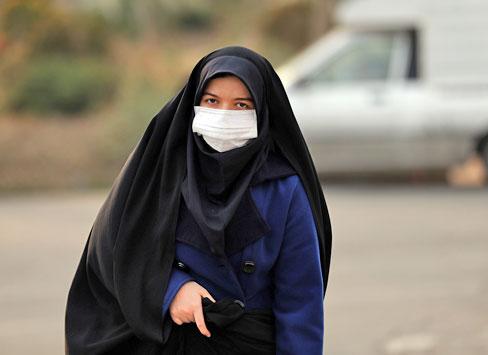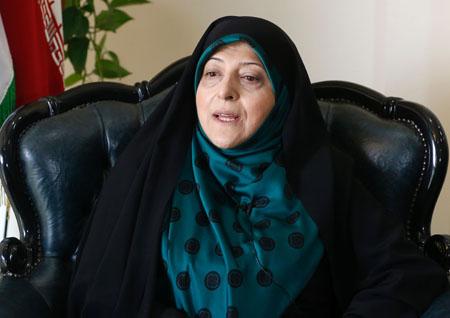You are here
Heavy pollution shuts schools in Iran’s capital
By AFP - Nov 14,2016 - Last updated at Nov 14,2016
TEHRAN — Iran shut schools and apologised to tourists on Monday as its cities were hit by choking levels of air pollution.
A blanket of brown-white smog descended on the capital Tehran on Sunday, blocking views of the mountains that line its northern edge and forcing many of its 14 million residents to retreat indoors or don face masks in the street.
The pollution in Tehran hit 156 on the Air Quality Index of deadly airborne particles, over the 150 considered "unhealthy" for the general public. In tourist hotspot Isfahan the level hit 167.
Officials apologised to foreign visitors for the bleak conditions.
"We hope our people's hospitality wipes the grey image of Tehran's beautiful attractions from their minds," the capital's tourism boss Rajab Ali Khosroabadi told the ISNA news agency.
Kindergartens and primary schools in Tehran were ordered to stay closed on Monday and Tuesday, and traffic restrictions were tightened.
Ambulances were deployed to wait in the busiest and dirtiest areas amid warnings that children, the elderly and those with existing health conditions were at particular risk.
"Since no one does anything, every year the problem gets worse. The government should block old cars. We must improve public transport," Zeynab Nazari, a first-year sociology student, told AFP.
Every year, Tehran suffers some of the worst pollution in the world when cool autumn temperatures cause an effect known as "temperature inversion".
The phenomenon creates a layer of warm air above the city that traps pollution from some 10 million cars and motorbikes.
The latest smog cloud is expected to hang over the city until Wednesday when forecasters hope winds will move the stagnant air, an official told state television.
Tehran Mayor Mohammad Bagher Ghalibaf rode the metro to work on Sunday in a bid to encourage people to use public transport.
Despite having around 100 stations, Ghalibaf says the metro is not sufficiently funded by central government, forcing millions to rely on cars.
Pollution has become a political football in recent years, with conservatives and reformists blaming each other for the problem.
Hardliners accuse reformist Vice President Massoumeh Ebtekar, who heads the environmental protection agency, of not doing enough.
Ultra-conservative daily Vatane Emrooz said on Monday that 70 per cent of deaths in Tehran were linked to pollution.
Ebtekar, in an Instagram post, said various measures to reduce factory pollution and provide cleaner petrol had led to "significant" improvement.
Still, weather conditions and heavy congestion remain a blight.
Two traffic restriction zones — introduced in 1979 and 2005 — have done little to solve the problem.
Local carmakers have been reluctant to introduce cleaner engines, while foreign firms have been kept out by international sanctions.
In 2014, almost 400 people were hospitalised with heart and respiratory problems caused by pollution in Tehran. Nearly 1,500 others required treatment.
The health ministry estimated that pollution in 2012 contributed to the premature deaths of 4,500 people in Tehran and about 80,000 across the country.
Related Articles
TEHRAN — Iran is to close schools for two days in Tehran, an official said on Saturday, following air pollution three times the acceptable l
TEHRAN — Air pollution in Iran's capital hit its worst level — for a day without a sandstorm — in at least nine months on Monday, prompting
TEHRAN (AFP) — Iran’s vice president and environment chief, Massoumeh Ebtekar, has told AFP that the West’s failure to fully implement the n

















